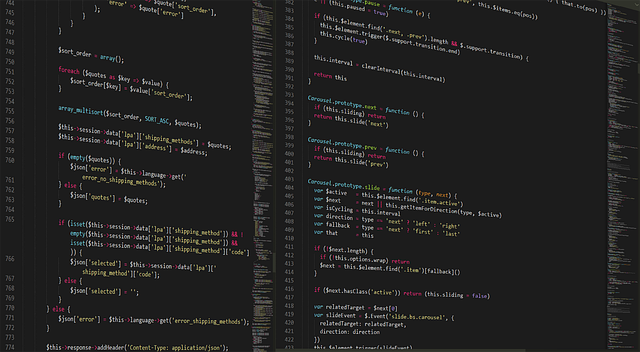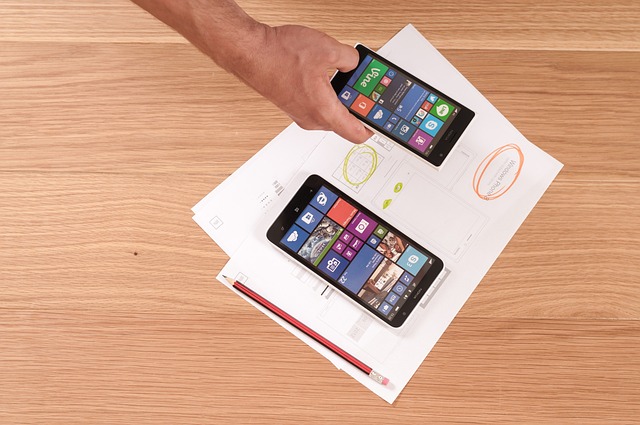
Mastering Event-Driven Programming in IT: A Guide for Information Technology Enthusiasts
Mastering Event-Driven Programming in IT: A Guide for Information Technology Enthusiasts
In the realm of information technology, coding is not just about writing lines of logic; it’s about shaping experiences. Among the various programming paradigms, event-driven programming stands out as a dynamic approach that resonates with every IT enthusiast. What makes it special? It’s the ability to create responsive and interactive applications that can adapt as events unfold.
Unlike traditional programming models that follow a linear sequence, event-driven programming focuses on responding to actions or occurrences—be it user interactions, sensor outputs, or system-generated notifications. This paradigm is at the heart of modern applications, from web development to game design, and knowing how to harness it can elevate your coding skills to new heights.
The Essence of Event-Driven Programming
At its core, event-driven programming encapsulates a simple but powerful idea: events trigger the execution of certain pieces of code. This allows developers to create systems that can handle multiple inputs and states without blocking operations, leading to a more fluid user experience. Think about how intuitive it feels when an app responds immediately to your touch or input, adapting seamlessly to enhance your interaction. This is the magic you can create when you master event-driven techniques.
Key Components of Event-Driven Programming
- Events: These are any occurrences that your application can respond to, like mouse clicks, keypresses, and system events.
- Event Handlers: Functions that are called in response to specific events. They contain the code that defines what should happen when an event occurs.
- Event Loops: Crucial for managing events as they happen. An event loop keeps your application responsive by continuously checking for new events to handle.
Getting Started with Event-Driven Programming
If you’re eager to dive into the world of event-driven programming, consider the following steps to get started:
- Choose Your Environment: Depending on your interests, you might choose frameworks or libraries like Node.js for backend development, or React and Vue.js for frontend applications.
- Learn the Basics: Understand how events work in your chosen environment. Spend time on the syntax and logic of creating event handlers and managing event listeners.
- Build Simple Projects: Start small! Create a simple to-do list app or a basic game that responds to various user interactions. This hands-on experience will solidify your understanding.
Exploring Advanced Concepts
As you become more comfortable, challenge yourself with advanced concepts such as:
- Asynchronous Programming: Learn how to handle asynchronous events and promises to make your applications even more efficient.
- State Management: Explore libraries that help manage application state in a way that complements your event-driven approach, allowing for scalability and ease of maintenance.
- Integration with APIs: Many outside services provide event-driven architectures; understanding how to integrate with these APIs can enhance your application further.
A Community of Enthusiasts
One of the most rewarding aspects of navigating the world of event-driven programming is the community. From forums to coding meetups, connecting with fellow enthusiasts can provide invaluable support and insights. Share your projects, seek feedback, and engage in collaborative problem-solving. Remember, the journey of mastering coding in IT is not just about individual skill; it’s also about learning together.
Embrace the excitement of creating responsive applications through event-driven programming! With the right mindset and resources, you can unlock a new dimension of possibilities in your coding journey.

